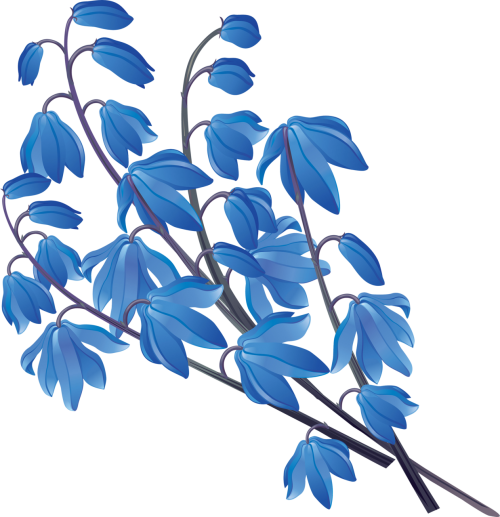

Tea leaves have more caffeine than coffee beans before they are brewed. however, tea is diluted quite a bit more than most coffees. The amount of caffeine in coffee or tea depends on a number of factors, including the method and length of brewing or steeping.
Steaming milk until it reaches 150-160 ºF. Swirl milk vigorously. If any bubbles are visible pound the pitcher on the counter several times. Swirl after pounding for 20-30 seconds. This can be done effectively while the espresso is pouring. Begin pouring milk into the espresso.
In general, cold-brewed coffee is more caffeinated than hot-brewed coffee. With roughly a 1:8 coffee-to-water ratio, place your grounds in the bottom of the jar, and cover with cold water. Stir gently until well combined, then cover and leave to steep for 18-24 hours. Let sit for 12 hours at room temperature or 24 hours in the fridge. Cold-brewed coffee is 67 percent less acidic than hot-brewed. Without all that acid, the burnt flavor that plagues hot-brewed coffee is eliminated. Plus, the reduced acid makes it healthier for your stomach and your teeth.
Coffee grounds are widely believed to be an acidifying agent when added to garden soil, the pH of grounds usually tends to be closer to neutral.
During the cold-brew process, time replaces heat. The brewing is either done slowly by drip or filter, or French press. Cold water brewing extracts the delicious flavor compounds and caffeine from coffee beans, but leaves behind myriad bitter oils and biting fatty acids, including undesirable elements such as ketones, esters and amides.
Healthy adults can safely consume up to about 400 milligrams of caffeine a day, which is roughly the equivalent of four cups of coffee.

The brewing temperature of the water used is very important. It should be between 195 F (91 C) and 205 F (96 C).
In a drip system, the contact time should be approximately 5 minutes. If you are making your coffee using a French Press, the contact time should be 2-4 minutes. Espresso has an especially brief brew time — the coffee is in contact with the water for only 20-30 seconds. Cold brew, on the other hand, should steep overnight (about 12 hours).
To preserve your beans’ fresh roasted flavor as long as possible, store them in an opaque, air-tight container at room temperature. Coffee beans can be beautiful, but avoid clear canisters which will allow light to compromise the taste of your coffee. Keep your beans in a dark and cool location.
Coffee-Mate is a non-dairy creamer manufactured by Nestlé, available in powdered, liquid and concentrated liquid forms. It was introduced in 1961, and followed by Coffee-Mate Lite and Coffee-Mate Liquid in 1989. An unopened bottle of Coffee-Mate can last up to 2 years with no refrigeration and can stay fresh for 2 weeks once it is opened. The product is popular in offices where refrigeration may not be available.
Generic Non-Dairy Creamer Ingredients: Corn Syrup Solids, Partially Hydrogenated Soybean Oil, Sodium Caseinate (A Milk Derivative)

Grounds are not acidic; the acid in coffee is water-soluble so the acid is mostly in the coffee. Coffee grounds are close to pH neutral (between 6.5 - 6.8 pH). Coffee grounds improve soil tilth or structure. Coffee grounds are an excellent nitrogen source for composting.
Caffeine is a central nervous system (CNS) stimulant of the methylxanthine class. It is the world's most widely consumed psychoactive drug. Unlike many other psychoactive substances, it is legal and unregulated in nearly all parts of the world.
Consumption of 1–1.5 grams per day is associated with a condition known as Caffeinism. Caffeinism usually combines caffeine dependency with a wide range of unpleasant symptoms including nervousness, irritability, restlessness, insomnia, headaches, and palpitations after caffeine use.
Macarons and macaroons are entirely different cookies. A macaron is meringue based, whereas a macaroon is coconut based. French "macaron" comes from the Italian word, "macaroni". "Macaroon" is an English derivation of the French word, "macaron".
| ROAST COLOR | COLOR | NAME | ACIDITY | BITTER | SWEETNESS | AROMA | BODY | WATER °F | BEAN SURFACE |
|---|---|---|---|---|---|---|---|---|---|
| Light brown | Cinnamon /Light city /New England | High | Very Low | Low | Medium | Week | 380-400F | Dry | |
| Medium light brown | American /Half city | High | Low | Mild | Full | Full | 400-415F | Dry | |
| Full medium brown | City/Breakfast | High | Medium low | Mild | Strong | Full | 414-435F | Dry | |
| Medium dark brown | Full City /Viennese /After Dinner /Light French | Medium | Medium | Strong | Strong | Very full | 435-445F | Slight oily | |
| Dark brown | French /Italian /Espresso | Low | High | Full | Medium | Full | 445-460F | Shiny | |
| Dark black | Dark French /Spanish /Continental /New Orleans | pretty Low | Very high | Low | Mild | Weak | 460-480F | Very shiny |
Double shot of espresso. Straight.
Shots of espresso diluted with water
Espresso with a dash of frothy foamed milk.
Double shot of espresso with steamed milk.
Double shot of espresso topped with an airy thick layer of foamed milk.
A shot of espresso in steamed milk lightly topped with foam.
espresso
steamed milk
milk foam
water
